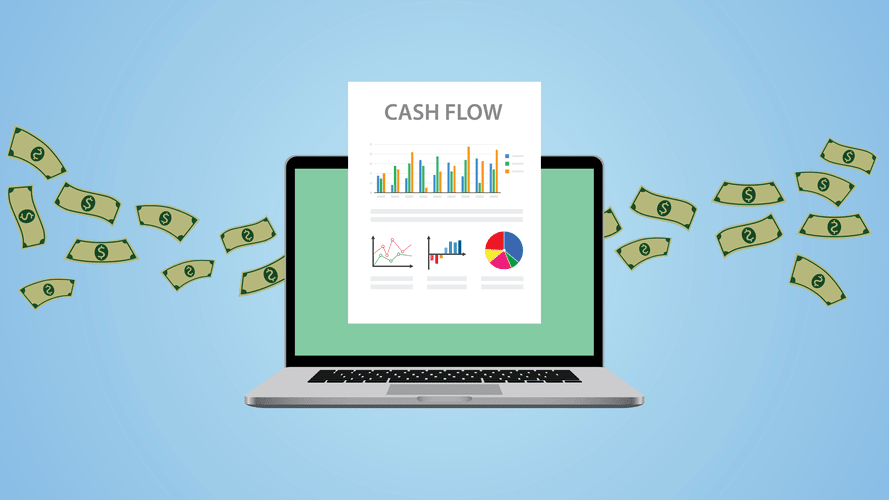
Using accounting software can help owners and managers know where their money is going and identify potential savings. The software can also keep track of inventory and profits and correctly calculate sales tax to avoid fines. Choose an accounting software to streamline your data entry tasks, create customized invoices, track your revenue, how to do bookkeeping for a restaurant create regular profit and loss statements, and review your cash flow. The ideal restaurant accounting software for restaurants should offer robust reporting features, be easy to use and allow you to access data anytime, anywhere. You can choose between cash and accrual accounting if your restaurant has less than $1 million in revenue.

Operating expenses are also important for tracking your bottom line. This is a great place to compare the total of all sales with the total of your operating expenses. That gives you a good idea if you’re in the red, breaking even, or turning a profit. Successful restaurant accounting can help in efficient cash management, balancing financial books, optimizing costs, and overall business planning. Apart from these obvious advantages, restaurant accounting helps in three key areas of the business. Keeping on top of your bookkeeping is worth far more than avoiding tax season headaches.
Restaurant accounting is a business function that’s absolutely critical to get right.
It’s not a comprehensive accounting software, but the data it processes does support restaurant accounting functions. Successful restaurant businesses capitalize on economies of scale to make things work (especially those that aren’t the most upscale, high-price-point models). When you’re selling a meal for less than $50 and you have to account for the costs of inventory and labor, you’ve got to sell a https://www.bookstime.com/ lot of meals to make a good profit. This means that optimizing every aspect and process of a restaurant business is absolutely crucial. The right restaurant accounting software is crucial for any restaurant business to maintain accuracy in books, collect data from the system, and fulfill all the accounting needs. You can choose the right software for your business by considering the following factors.
Identifying weak spots in your business can become really simple once you have all the financial numbers right in front of you. Keeping track of your numbers and Key Performance Indicators (KPIs) will not only help you in taking timely action but also point out specific areas that need immediate improvement. Outsourcing your restaurant accounting can be a strategic option for many venues, especially if you don’t have the in-house expertise or resources to manage your finances properly. By tracking each of these key financial numbers, you can paint a clear picture of how your venue is performing and understand which areas of your business are working well and which may need improvement.
What are restaurants’ key costs and how do you account for them?
Restaurant accounting is one of the most important aspects of making your business successful but is often overlooked (or avoided) because it can be difficult tracking and making sense of all those numbers. At a basic level, it helps to streamline accounts receivable and accounts payable. Global Shared Solutions is experienced in customizing Sage Intacct for restaurants to pull the reports and real-time dashboard data they need. Since this is a powerful and popular tool, GSS is also a Sage Intacct partner. There are a variety of factors that make restaurant accounting a unique endeavor.
- Choosing accounting systems for restaurants can help you eliminate the difficulty with restaurant accounting and help you manage your food costs easily.
- We chose TouchBistro as the best option for food truck owners because it’s a portable iPad system that can be operated easily on a truck’s wifi.
- Its purpose is to offer a picture of performance that isn’t obscured by those expenses.
- Investors and lenders will ask for your restaurant balance sheet to see its cash position, accounts receivable, and debts.
- We know this is a lot to track, but once you make it a habit or have someone in charge of your restaurant accounting system, it will be like cooking your favorite recipe.
- You should review your prime costs, CoGs, inventory counts, and labor on a weekly basis, not a monthly basis.
Having an in-house accountant or accounting team means hiring someone to handle your financial tasks on-site. It shows how much you’re spending on ingredients for every dollar you make in sales – a lower ratio usually means better efficiency. Optimizing orderingBy tracking what you use and when you can make smarter ordering decisions to avoid overstocking or running out of items. Instead, you’ll need to contact the company for custom pricing based on your specific needs.
Always Pay Your Taxes
It’s important to research and choose the one that best fits your restaurant’s needs and budget. Revenue reportsLastly, revenue reports are very important for accounting for restaurants. They show your sales over a specific period, broken down by different categories like food type, day of the week, or even by waiter. They’re super helpful in identifying trends, forecasting future sales, and making informed decisions. A chart of accounts is basically a big, organized list that keeps track of all the financial transactions in your business.
- As a small firm the service is personable, attentive, and provided by a knowledgeable CPA.
- These tips are tailored to the restaurant industry, but there’s plenty more you need to understand about accounting processes.
- This is a great place to compare the total of all sales with the total of your operating expenses.
- If you don’t monitor and maintain your inventory each week, you risk missing crucial beats – you could end up overstocked with food that spoils, or understocked and unable to meet customer demand.
- For example, you may want to reduce your food cost percentage by 2%, decrease your labor costs by 3% or increase your average order value by $5.
- Every restaurant needs a set of reports for the daily, weekly, monthly, and annual monitoring of the financial health of the business.



